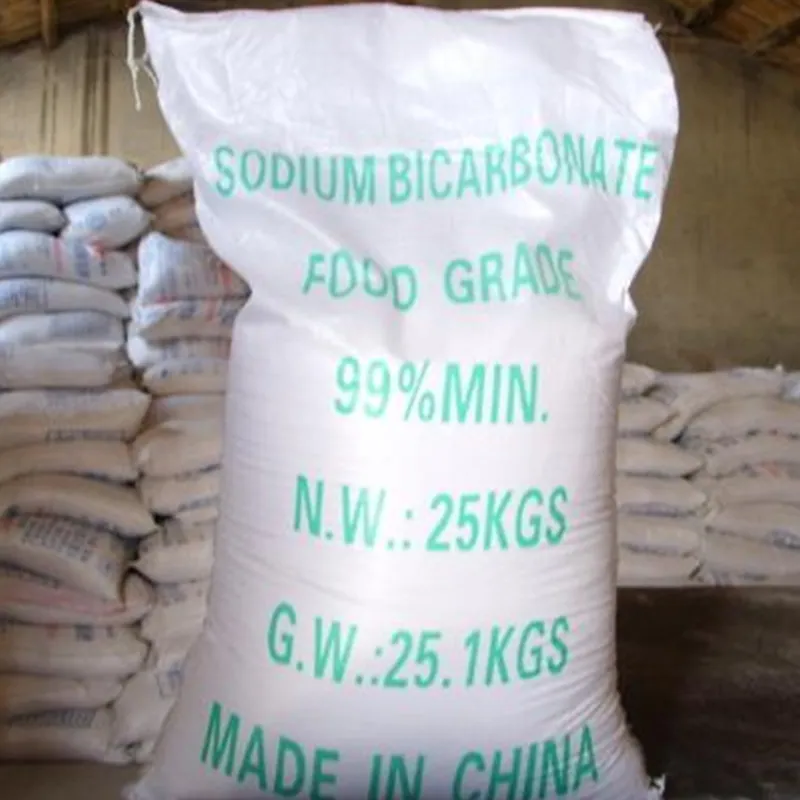
propargylic
Exploring Propargylic Compounds Versatility and Applications
Propargylic compounds have gained significant interest in both synthetic chemistry and industrial applications due to their unique structure and reactivity. Characterized by the presence of a propargylic carbon—where a triple bond connects to a carbon that is further bonded to a typical alkyl or aryl group—these compounds possess a distinct set of chemical properties that make them versatile intermediates in various chemical reactions.
One of the most notable features of propargylic compounds is their ability to undergo various transformations, including nucleophilic substitutions, cycloadditions, and rearrangements. Their reactivity can be attributed to the adjacent triple bond, which can stabilize certain reaction intermediates and promote unique pathways that are not readily accessible with other substrates. This makes propargylic compounds valuable in synthetic organic chemistry for the production of complex molecules.
Synthetic Utility
The synthetic utility of propargylic compounds is exemplified in their applications in the synthesis of natural products and pharmaceuticals. For instance, the propargylic substitution reaction allows the introduction of a wide range of nucleophiles, leading to the formation of diverse functional groups. A common reaction involves the use of propargylic alcohols, which can be converted into a variety of compounds, including ethers, esters, and amines, through simple nucleophilic attack.
Another important application is in the synthesis of cyclic compounds. Propargylic compounds can participate in cycloaddition reactions, resulting in the formation of cyclic frameworks that are prevalent in many biologically active molecules. The ability to form fused or bridged ring systems via such reactions opens pathways to novel scaffolds in drug discovery.
Tools for Researchers
propargylic

Researchers have developed various methodologies to enhance the reactivity and selectivity of propargylic compounds. Catalytic systems, including transition metal catalysts, have been employed to facilitate reactions that would otherwise require harsher conditions. These advancements have expanded the scope of reactions accessible to propargylic compounds, making them even more attractive to synthetic chemists.
In recent years, studies have focused on the asymmetric synthesis of propargylic derivatives, which allows for the introduction of chirality in a controlled manner. Asymmetric synthesis is essential in the pharmaceutical industry, where the chirality of a compound can significantly influence its biological activity. Achieving high enantioselectivity while maintaining good yields has been a goal in the development of strategies involving propargylic intermediates.
Industrial Applications
Beyond the laboratory, propargylic compounds find applications in various industries. Their derivatives act as important intermediates in the production of fine chemicals, agrochemicals, and materials science. For example, the synthesis of propargylic ethers can serve as precursors for functional polymers, while propargylic acids can be transformed into active pharmaceutical ingredients.
Moreover, propargylic compounds play a role in the development of biosensors and drug delivery systems. The incorporation of propargylic moieties into polymeric materials can enhance their mechanical properties and responsiveness, which are crucial parameters in designing effective delivery systems for therapeutic agents.
Conclusion
In summary, propargylic compounds represent a rich area of study in organic chemistry, offering unique reactivity that can be harnessed for intricate syntheses and industrial applications. Their structural characteristics and the ability to participate in a variety of chemical reactions make them invaluable in both academic research and commercial products. As our understanding of these compounds continues to deepen, we can expect to see further innovations and applications that leverage their potential in new and exciting ways. The future of propargylic chemistry looks promising, with advancements that can significantly contribute to various fields, including pharmaceuticals, materials science, and beyond.
-
Sodium Dichloroisocyanurate Safety Handling ProtocolsNewsJul.29,2025
-
Mining Chemicals for Copper Extraction Processes GuideNewsJul.29,2025
-
Fertilizer for Sale Shipping and Storage TipsNewsJul.29,2025
-
Dimethyl Disulfide as Sulfurizing AgentNewsJul.29,2025
-
Benzotriazole Safety Data Handling and Storage GuidelinesNewsJul.29,2025
-
Ammonium Bicarbonate Safety Handling Storage GuidelinesNewsJul.29,2025
-
The Transformative Role Of Trichloroisocyanuric Acid in Water TreatmentNewsJul.23,2025
Hebei Tenger Chemical Technology Co., Ltd. focuses on the chemical industry and is committed to the export service of chemical raw materials.
-

view more DiethanolisopropanolamineIn the ever-growing field of chemical solutions, diethanolisopropanolamine (DEIPA) stands out as a versatile and important compound. Due to its unique chemical structure and properties, DEIPA is of interest to various industries including construction, personal care, and agriculture. -

view more TriisopropanolamineTriisopropanolamine (TIPA) alkanol amine substance, is a kind of alcohol amine compound with amino and alcohol hydroxyl, and because of its molecules contains both amino and hydroxyl. -

view more Tetramethyl Thiuram DisulfideTetramethyl thiuram disulfide, also known as TMTD, is a white to light-yellow powder with a distinct sulfur-like odor. It is soluble in organic solvents such as benzene, acetone, and ethyl acetate, making it highly versatile for use in different formulations. TMTD is known for its excellent vulcanization acceleration properties, which makes it a key ingredient in the production of rubber products. Additionally, it acts as an effective fungicide and bactericide, making it valuable in agricultural applications. Its high purity and stability ensure consistent performance, making it a preferred choice for manufacturers across various industries.











